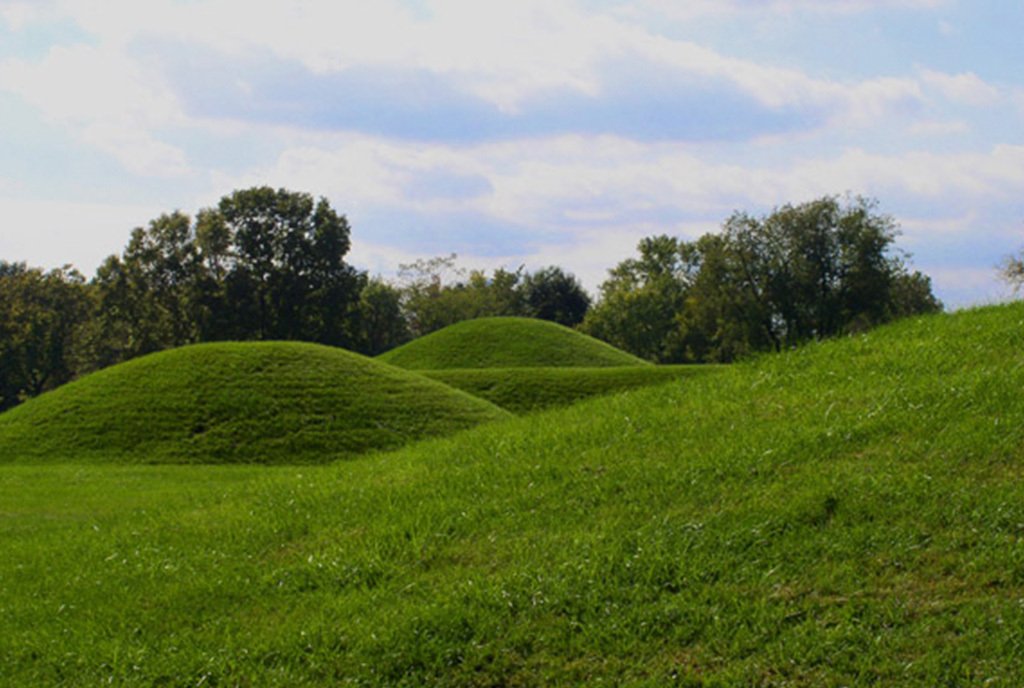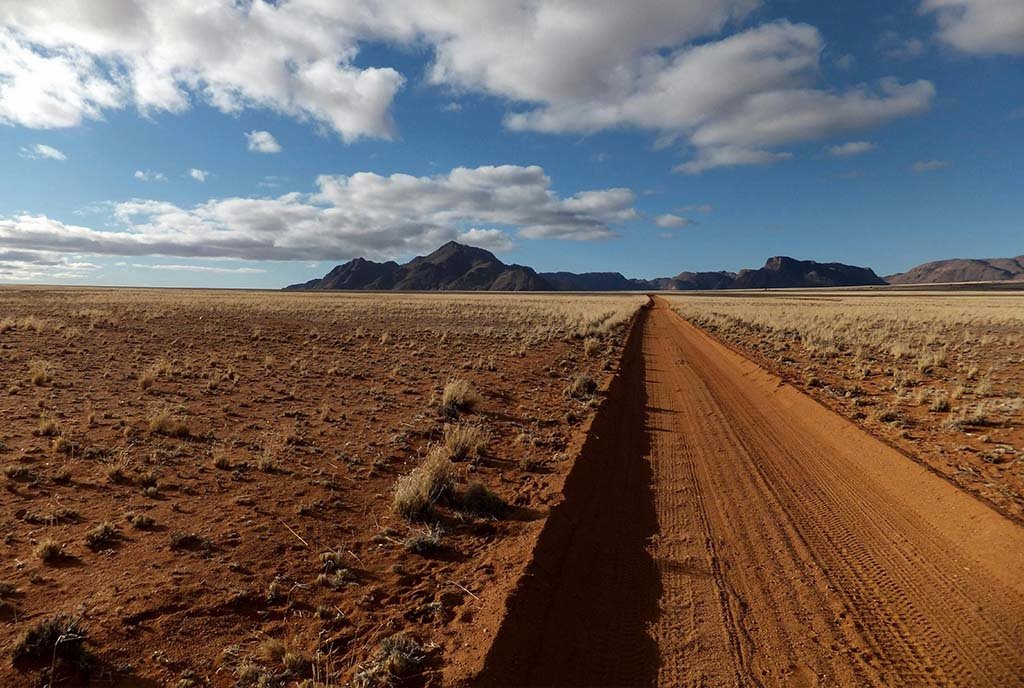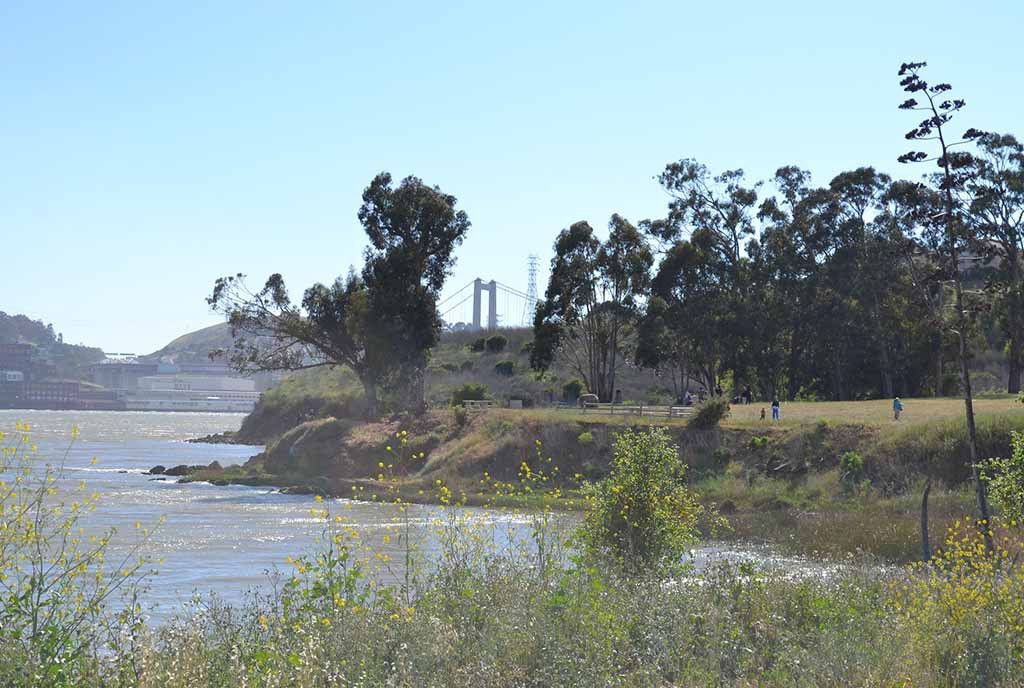
“We stand upon the shoulders of geniuses, uncommon geniuses who have gone before us. That’s what we are here about today,” said Chief Glenna Wallace of the Eastern Shawnee Tribe of Oklahoma, as reported by the AP. Wallace spoke before a crowd gathered at the Hopewell Culture National Historical Park in Chillicothe, OH. The occasion? The dedication of eight locations related to the ancient Indigenous Hopewell culture was designated by the United Nations Educational, Scientific and Cultural Organization (UNESCO) as World Heritage sites.
UNESCO designates landmarks or areas as World Heritage sites via an international convention. The designation, awarded to a place for having cultural, scientific, historical, or other significance, protects the location under the law. As the UNESCO website states, the organization “seeks to encourage the identification, protection and preservation of cultural and natural heritage around the world considered to be of outstanding value to humanity.”
“World Heritage sites belong to all the peoples of the world,” according to UNESCO, “irrespective of the territory on which they are located.”
The designation of the sites in Ohio will bring worldwide attention to the state. The recognition also comes after decades of work by activists and others seeking to preserve and honor Indigenous history and culture. As the AP writes, “the sheer magnitude of the ancient Hopewell culture’s reach was lifted up as enticement to a new set of visitors from around the world.”
Engineering Marvels
The eight locations designated as UNESCO World Heritage sites in southern Ohio are part of the Hopewell Ceremonial Earthworks, huge earthen structures built by Indigenous people thousands of years ago along the Ohio River. As UNESCO writes, the Earthworks “are the most representative surviving expressions of the Indigenous tradition now referred to as the Hopewell culture.” The Earthworks include sculpted hillsides, geometric shapes, giant mounds, and plazas, each with ceremonial importance.
The road to UNESCO World Heritage designation, preservation, and respect…has been long, with years of work by Indigenous people, scholars, and activists.
According to NPR, “It might be unusual to consider huge mounds of dirt as anything significant, however, UNESCO calls the earthworks a ‘masterpiece of human creative genius,’” which is one of the criteria to be considered for the designation. As NPR reports, “design and construction of the Earthworks show the people during this early era had a clear understanding of geometry, architecture, and solar and lunar alignments and multi-year cycles.”
Members of Ohio’s Shawnee Tribe were involved in the UNESCO World Heritage nomination, along with other tribes and the National Park Service. Shawnee Chief Ben Barnes told NPR, speaking about his ancestors, “They’re great civil engineers. They’re artists, they’re astronomers, mathematicians, and for my people, that’s not the way that Shawnee people, or any Indigenous peoples in this country, are typically portrayed in media.”
The Hopewell Ceremonial Earthworks consists of the Mound City Group, Hopewell Mound Group, Seip Earthworks, High Bank Earthworks, Hopeton Earthworks, Octagon Earthworks, Great Circle Earthworks, and Fort Ancient Earthworks. The road to UNESCO World Heritage designation, preservation, and respect for these sites has been long, with years of work by Indigenous people, scholars, and activists.
Fighting for History
One of the Hopewell sites, the Octagon Earthworks in Newark, OH, was turned into a golf course in 1910. The layout of the Moundbuilders Country Club course, as the New York Times reported in 2021, “is built around the mounds, which were prescribed by the cosmology of the Native Americans who created them approximately 2,000 years ago as a way to measure the movement of the sun and the moon through the heavens.”
“We wouldn’t want a country club on the Acropolis. We don’t want a country club on the Octagon.”
Sign up for our free newsletters
Subscribe to NPQ's newsletters to have our top stories delivered directly to your inbox.
By signing up, you agree to our privacy policy and terms of use, and to receive messages from NPQ and our partners.
For more than a century, the country club leased the land from the county for golfing despite growing public outcry over using the land in this way. Before becoming a golf course, the mounds were used as an encampment for the Ohio National Guard.
According to the New York Times, the first publicized efforts to protest the use of the mounds by the country club came in 2005, when a motion to dig into the mounds’ foundations to build a new clubhouse was denied. “At that point, a group led by local professors and Native Americans organized a protest campaign—and some residents began questioning whether the course should exist at all.”
The country club’s reluctance to relinquish the site was viewed as a denial of Indigenous culture and the importance of the Hopewell in history. As John N. Low, the director of the Newark Earthworks Center and a citizen of the Pokagon Band of Potawatomi Indians, told the New York Times, “We wouldn’t want a country club on the Acropolis. We don’t want a country club on the Octagon.”
After years of legal battles, the Ohio Supreme Court ruled in 2022 that the Ohio History Connection, a statewide nonprofit history organization, would take the golf course by eminent domain and work on restoring it into a public park. Justice Michael P. Donnelly wrote in the decision, “The historical, archaeological and astronomical significance of the Octagon Earthworks is arguably equivalent to Stonehenge or Machu Picchu.” Less than a year later, the UNESCO World Heritage designation was awarded to the Octagon Earthworks.
“This place was the center of North America, the center of culture, the center of happenings.”
Centering Hopewell Contributions
The recognition of the Hopewell Ceremonial Earthworks marks Ohio’s first UNESCO World Heritage designation. It’s also only the 25th such designation in the United States. The Earthworks join the likes of the Great Pyramid of Giza in Egypt, Stonehenge in England, and New York’s Statue of Liberty.
Ohio Governor Mike DeWine (R) said in a statement that the designation “will ensure that the earthworks created by American Indian Tribes over 2,000 years ago will get international attention, drawing even more visitors to see these amazing places. I encourage Ohioans and people from across the globe to visit these eight sites to experience the awe-inspiring earthworks that are such a special part of Ohio’s history.”
For Indigenous people in Ohio and beyond, the UNESCO World Heritage designation is more personal, with a potential impact that could be wide-ranging. Chief Barnes told NPR that he viewed the honor “as a step toward combating racist and ignorant stereotypes about his people and his ancestors.”
The contributions of the Hopewell were and continue to be hugely important, not just for Americans but for the world, deserving of protection and recognition. “The long journey toward this recognition tells a larger story about imperiled Native American sacred sites in the eastern half of the United States and the challenges faced by those who wish to protect them,” wrote Stephen Warren, a professor of history and program coordinator of Native American and Indigenous Studies at the University of Iowa, in an op-ed for the Columbus Dispatch.
Speaking at the Hopewell Culture National Historical Park, Chief Wallace told the AP, “This place was the center of North America, the center of culture, the center of happenings, the center for Native Americans, the center for religion, the center for spirituality, the center for love, the center for peace.”












